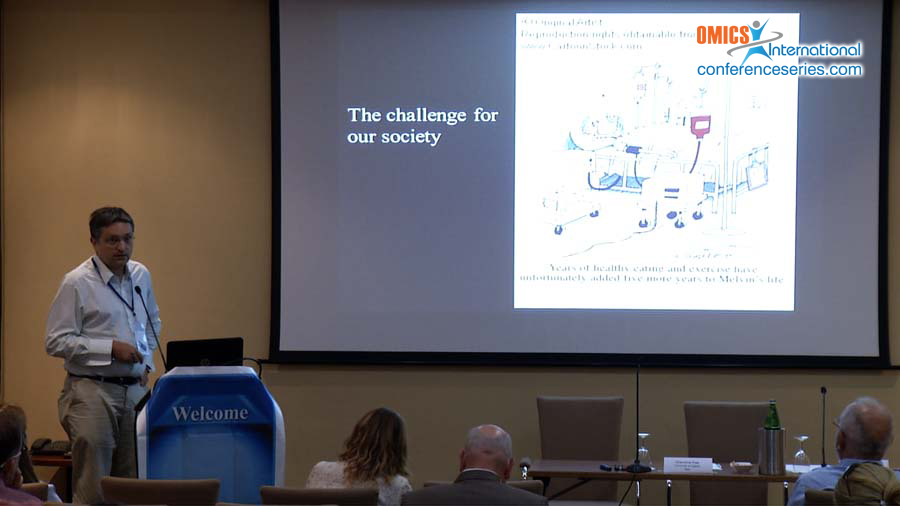
Srecko Gajovic
University of Zagreb School of Medicine
Croatia
Title: IN VIVO imaging modalities to visualize mouse brain regenerative response after stroke and stem cell and biomaterial applications
Biography
Biography: Srecko Gajovic
Abstract
To achieve the beneficial response and brain regeneration after stroke one of the possibilities is to combine stem cells and biomaterials and to monitor their effects in the living animals. This is the main aim of the FP7 REGPOT project GlowBrain, and for this purpose several in vivo small animal imaging modalities are used, which includes magnetic resonance imaging (MRI) and light based imaging modalities - bioluminescence imaging (BLI), fluorescence imaging (FLI) and Cherenkov luminescence imaging (CLI). To visualise the molecular events related to the activity of TLR2, GAP43, and CASP3 in the brain of the living mouse the maging was performed by IVIS Spectrum Pre-clinical In Vivo Imaging System (Perkin Elmer, US) in genetically modified animals carring luciferase reporter TLR2, GAP43, and CASP3 were upregulated after stroke. To analyze the apoptosis in subset of GAP43 cells the imaging with DEVD-aminoluciferin was performed. The findings suggested that CASP3 activity, not necessarily associated with neuronal apoptosis, increased, and CASP3 and GAP43 might be part of a common molecular pathway involved in early stress response after stroke. This added neuronal stress in addition to inflammation, repair, and apoptosis as important process to be assessed by the bioluminescent imaging as the brain response to stroke. The same strategy of in vivo insight in brain molecular events was applied as well to monitor the biocompatibility of brain applications of the stem cells and biomaterials. The combination of neural stem cells and the polysaccharide biomaterial alginate was designed. The in vivo imaging confirmed that the inflammation after brain transplantation was comparable to the control injection by PBS, proving the biocompatibility of the procedure. The described experimental approach opens the way to design and preclinical testing of innovative therapies for brain diseases.

